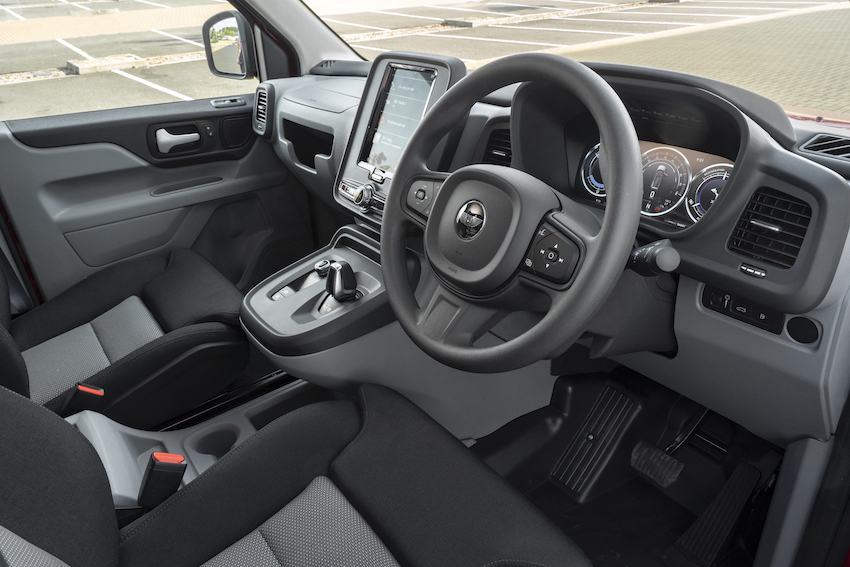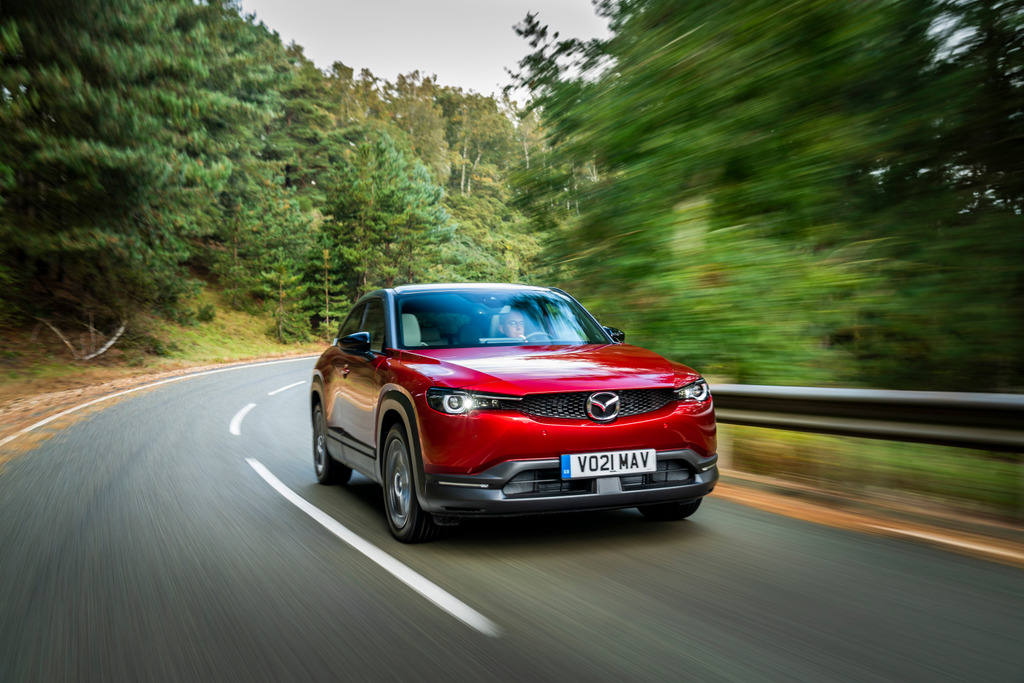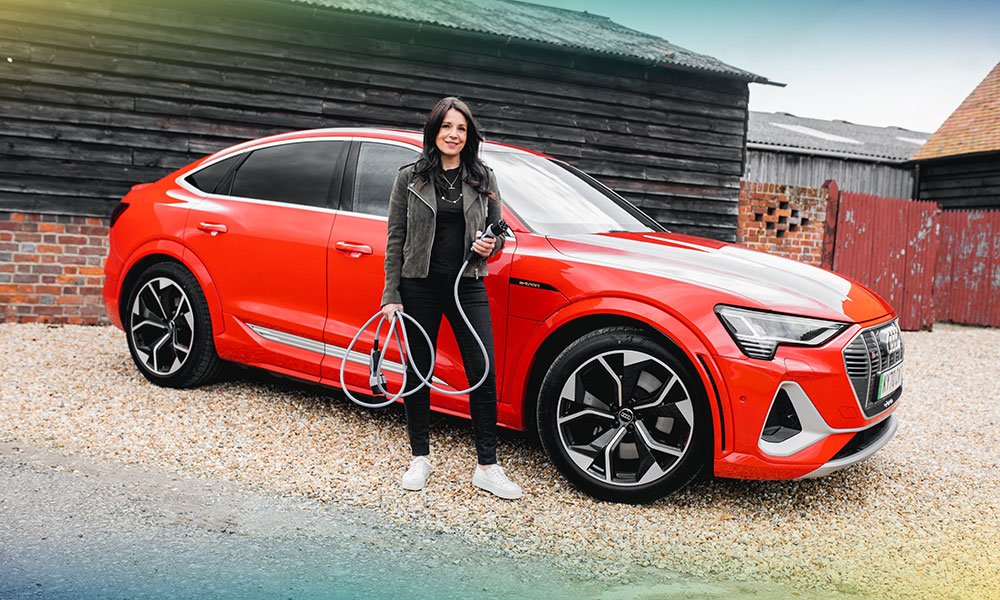This creates a van with some compelling features, not least the chuckle-inducing turning circle which makes U-turns on narrow streets a possibility. Besides this, it has the ability to do 60 miles on electric only power, the choice of two types of rapid charger (both CCS and CHdeMO) and a 300+ total range once the petrol motor has chimed in to provide power. That engine never has any actual mechanical link to the wheels - it is just a generator which creates electricity to run the motor and charge the battery.
The other figures aren’t quite so convincing when compared to other vans. The load capacity is 830kg, which is slightly more than smaller rivals like the Ford Transit Connect and the electric Nissan e-NV200 but lower than a full-sized Transit which is closer in size and price. In terms of space it’s on the small side too, with a 5.5 cubic metre bay versus the Ford’s 6.
The biggest shock on the spec sheet is the price though. There aren’t many vans which are bought with cash rather than some sort of finance, but the VN5’s list price is high enough to make your accountant choke on his cappuccino – it starts at £46,500 and goes up to £52,000 - although you should be able to take off the government grant of £8,000 from those prices, if the van is approved. Bear in mind the PHEV Transit starts at £40,715 and the all-electric Vauxhall Vivaro-e is under £38,000 (all excluding VAT and the grant) and you’ll start to see why you’d really need to want the VN5’s unique skills to make it add up.
Is it worth it? Well, it certainly has some good features. The driver’s ‘cockpit’ is designed for practicality, and will be familiar to anyone who has driven a modern Volvo. This means there is some neat technology, including a fully digital instrument panel and large iPad-esque central display which has the navigation and other functions.
Don’t expect Volvo-like quality from everything you touch though – the plastics which are unique to the van are cheaper feeling, and even items like the steering wheel feel like they’ve poured the low-rent plastics into the moulds of the pricey parts. It’s no worse than you’d expect in a van, but don’t be seduced by brochure pictures.
On the plus side, the VN5 is made mostly of corrosion-resistant aluminium under the skin which should last longer than other vans. LEVC hope this means owners will keep them longer rather than changing after a few years. Running costs should be low too, with 25,000 mile service intervals.
Another area LEVC claims to have called on the expertise of its Volvo bretheren is in the safety. It has most of the accident preventing tech and kit, although one notable absence is a blind spot warning system. This might seem excessive on a van, but the VN5 really needs it, as the side windows and door mirrors are tiny and leaving you craning for a clear view at junctions.
Pulling away from those junctions isn’t an issue though as the VN5 has the usual electric vehicle trait of being really quite fast away from a standstill. It keeps on pulling too, and has performance which feels far better than the figures suggest. It’s certainly effortless compared to a diesel.
There are three driving modes to choose from, allowing you to select whether you want to use electric power, a mix or just keep the petrol motor running to save the battery power for later. Swapping between them involves poking around on the touchscreen though and involves a swipe and two screen presses; a simple switch would be less distracting.
Unlike the Transit PHEV and Nissan e-NV there’s no option to use GPS telematics to swap modes automatically when you enter an urban area or ULEZ – although this option is in the pipeline.
However, the way the VN5 swaps between the motor modes is seamless and you never hear much more than a faint whirr when the engine is running. It’s never more intrusive than a distant neighbour mowing their lawn.
You can also choose between three braking modes by simply twisting the gear selector. The highest of the three levels gives a reasonable level of braking simply by lifting off the accelerator, although it’s not at the level where you could drive with just one pedal. The VN5’s electronics also seemed to get confused by bumps when using regen braking, causing it to momentarily stop slowing the van.
Minor quirks like this may get ironed out over time, but the VN5 still seems like a van which will only make sense to a very narrow niche of buyers. While a London taxi has to have a certain specification to be allowed to work in the city, a van doesn’t legally need the tight turning circle, require the capacity to carry a bale of hay in the front seat or carry a passenger wearing a top hat. A cab driver is also never sure where their next fare is going to want to go, so the LEVC cab's petrol/electric combo gives the flexibility to go from Heathrow into the centre of London or head to Cardiff if asked.
But most van drivers have more predictably of their route than that. If all of your driving is in town, a pure electric alternative such as a Vauxhall Vivaro-e will make more sense, and it will go 140 miles further on electric alone. If you have a long commute followed by short in-town use, a Transit PHEV would suit you better. Both have more space and payload than the VN5, are cheaper and drive better too.
For us, it means the LEVC will always seem a rank outsider except in the taxi world.










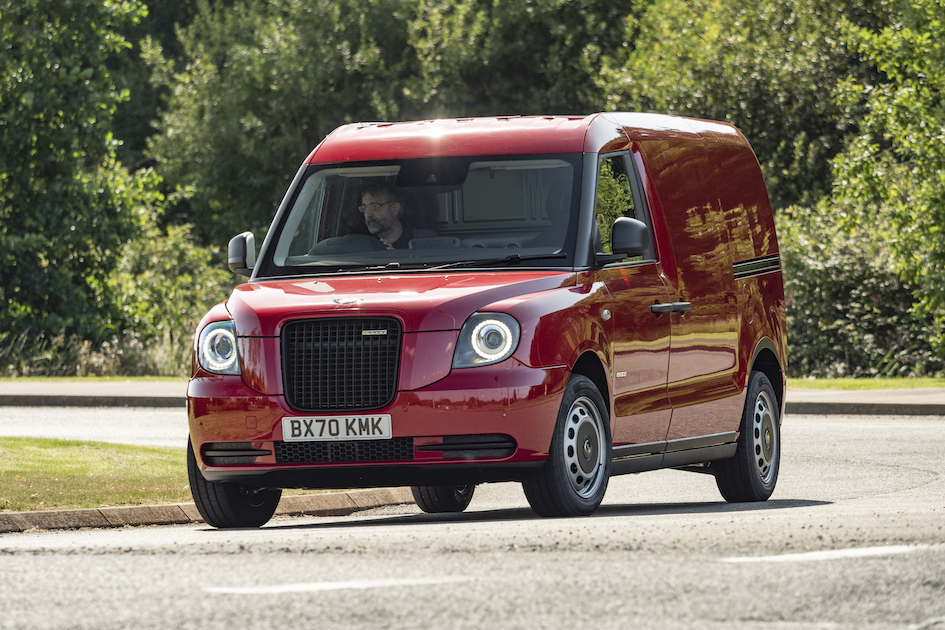
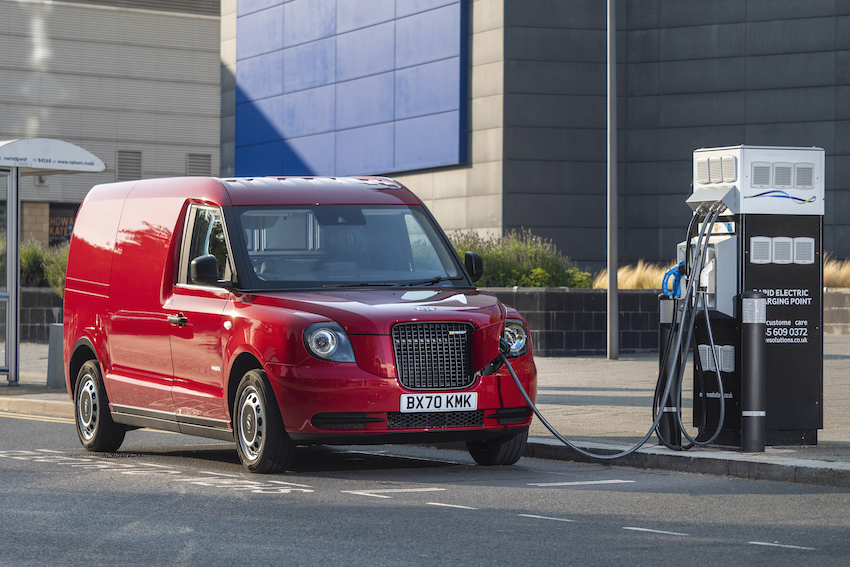
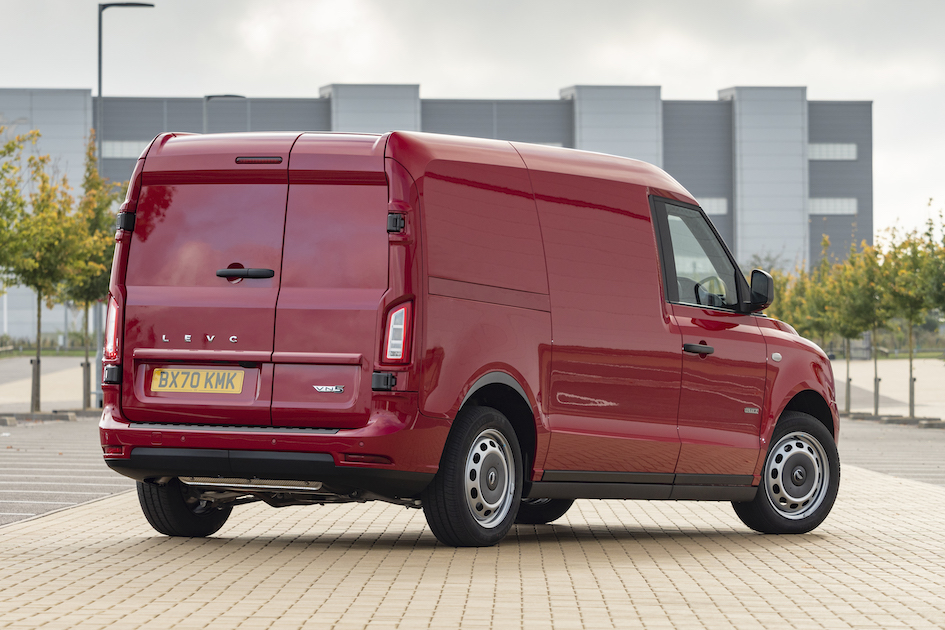
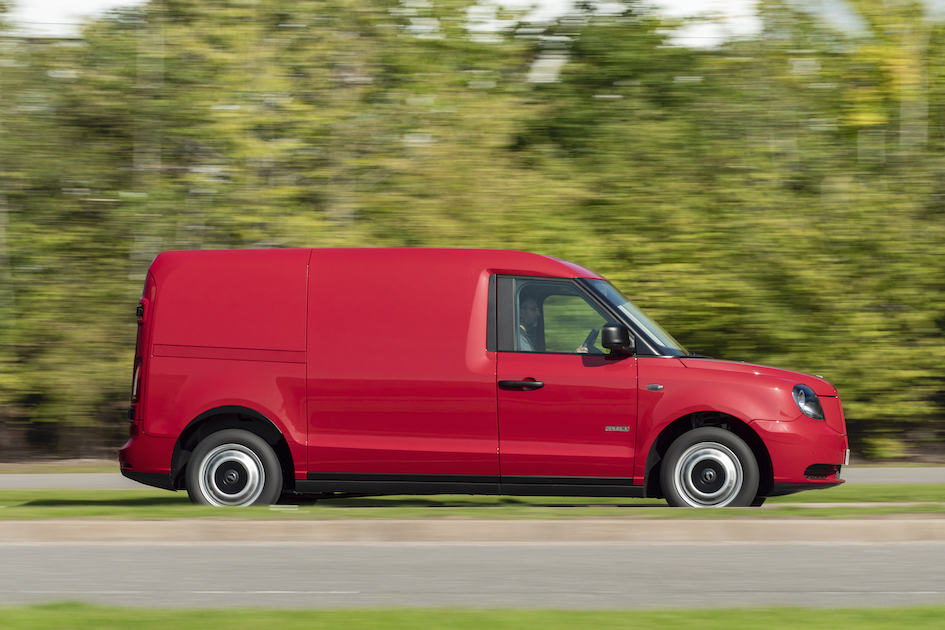
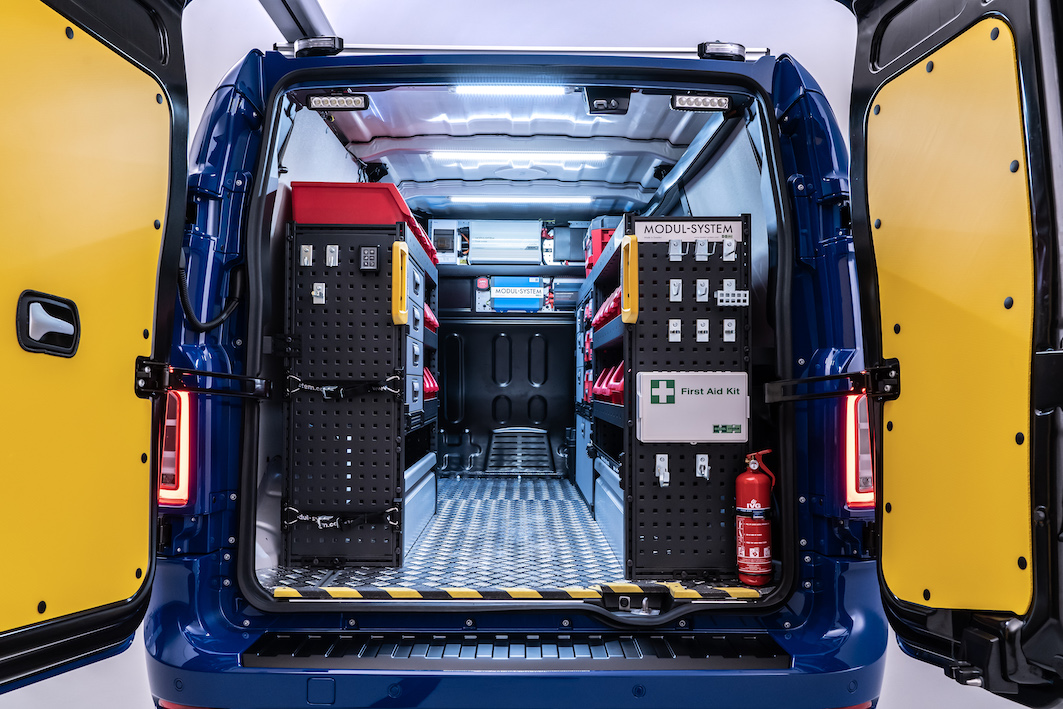.jpg)
